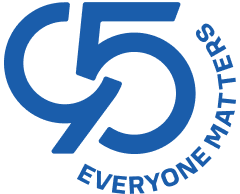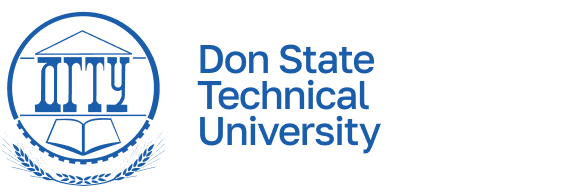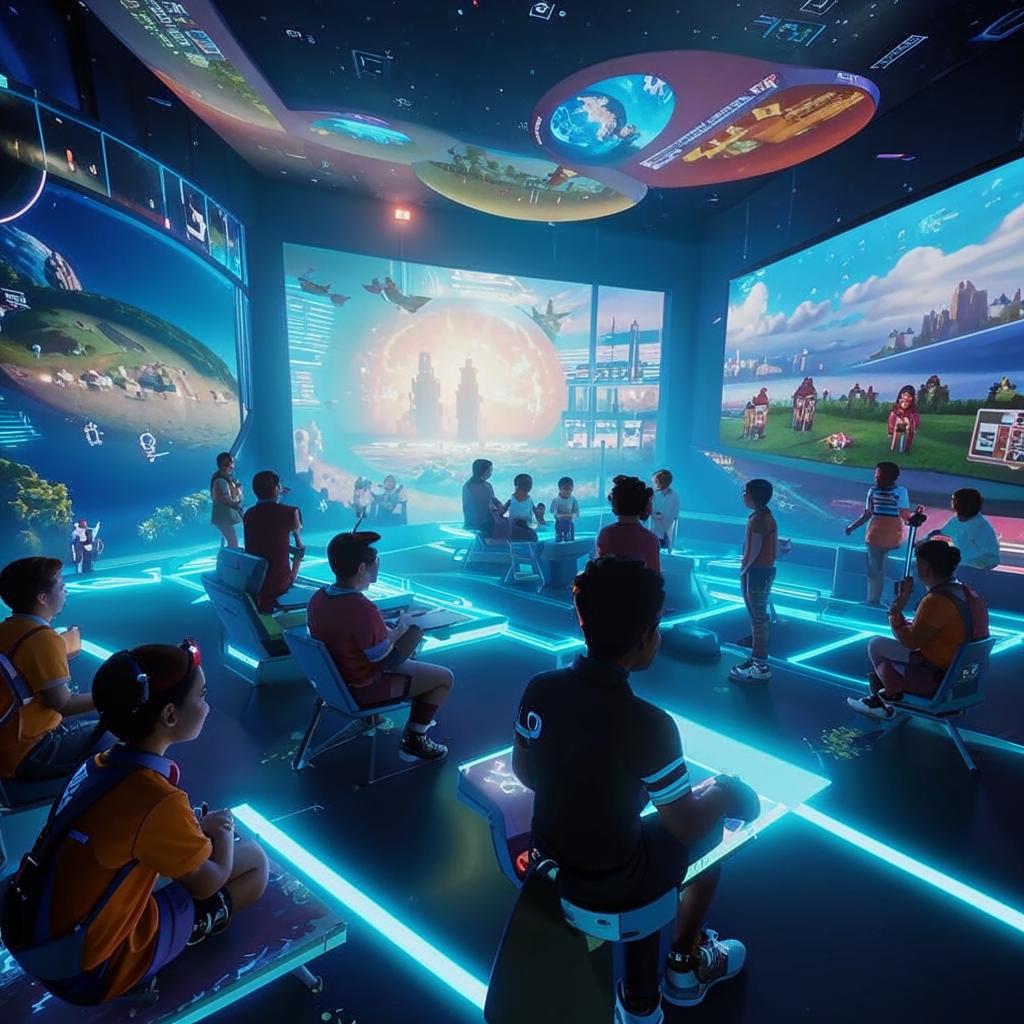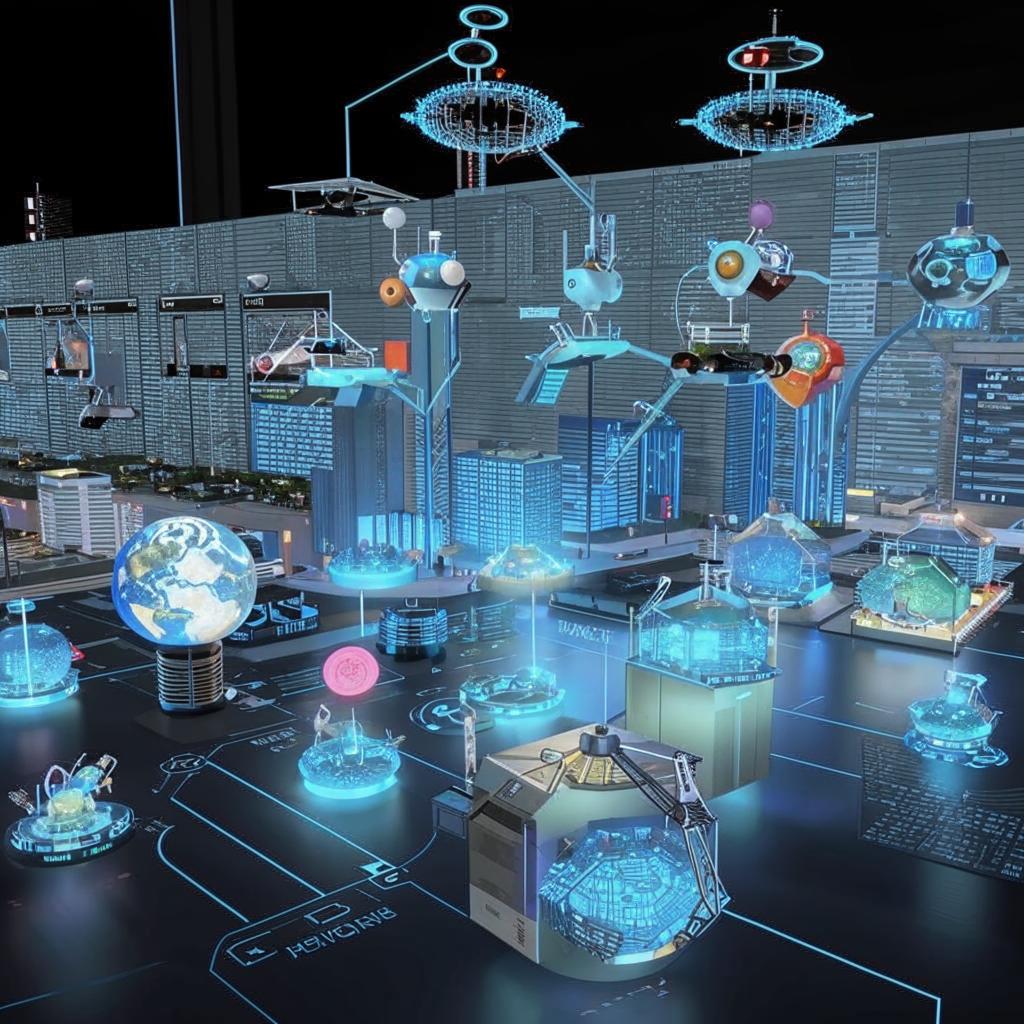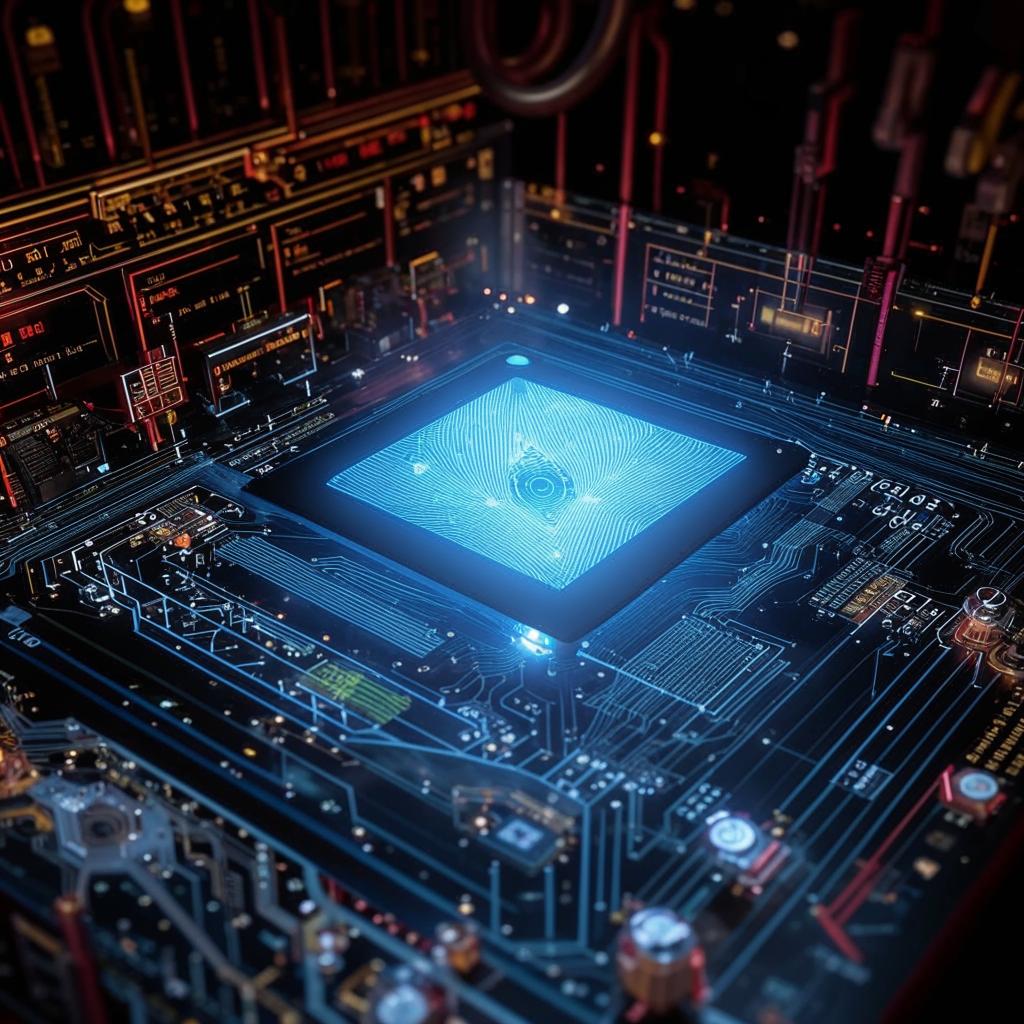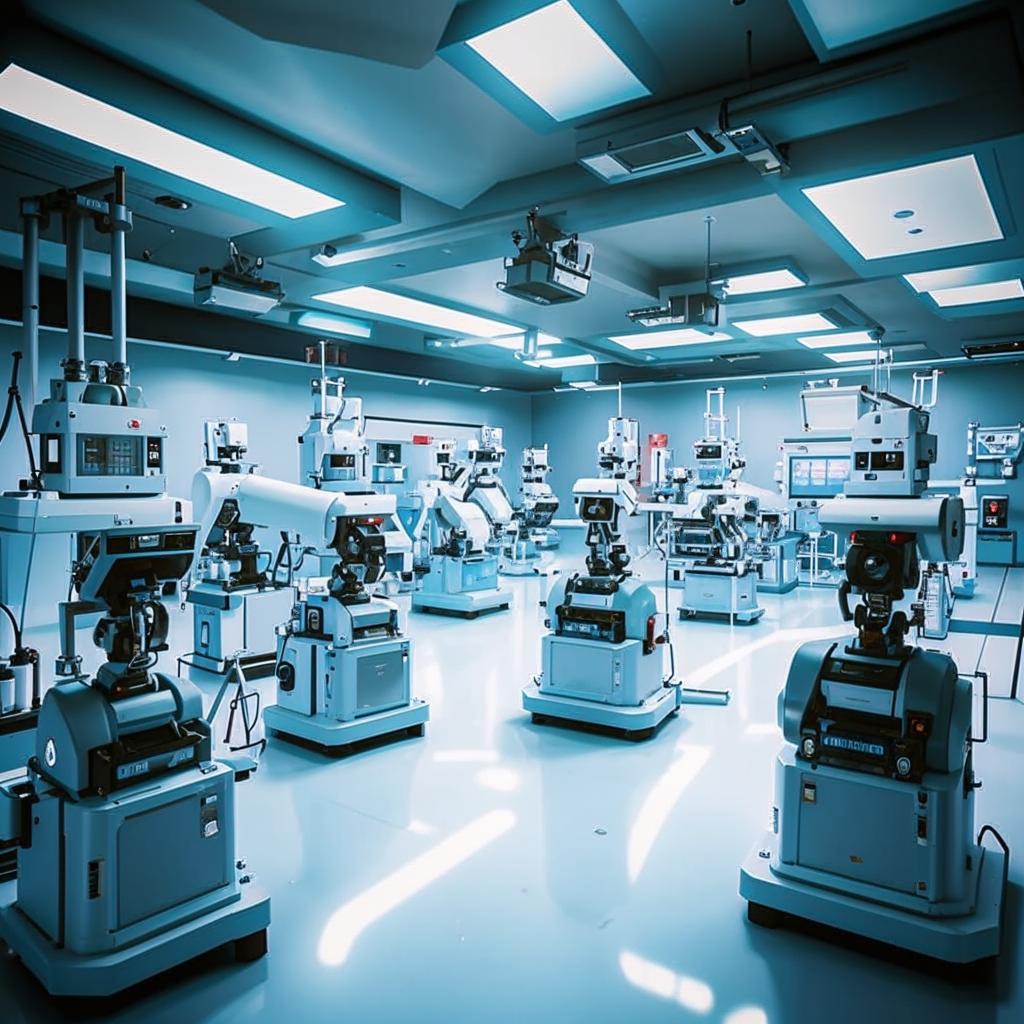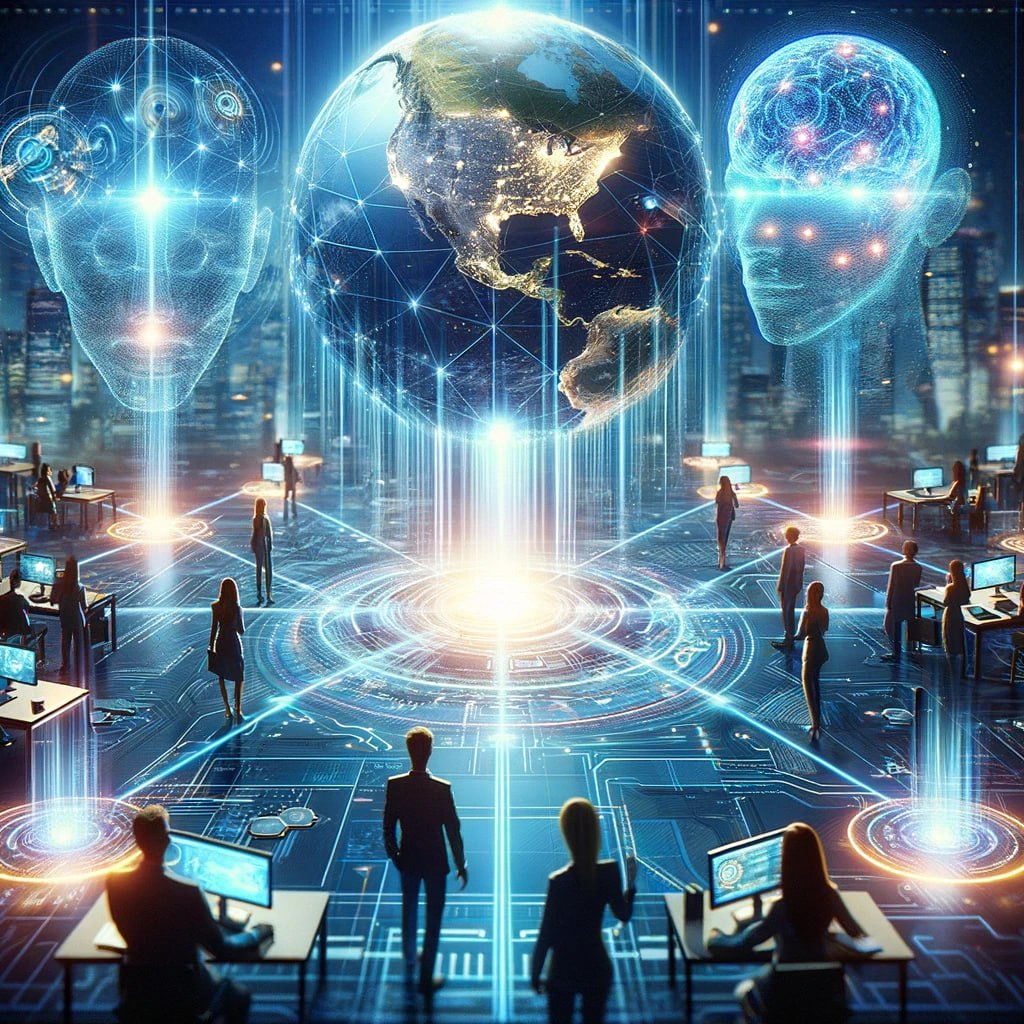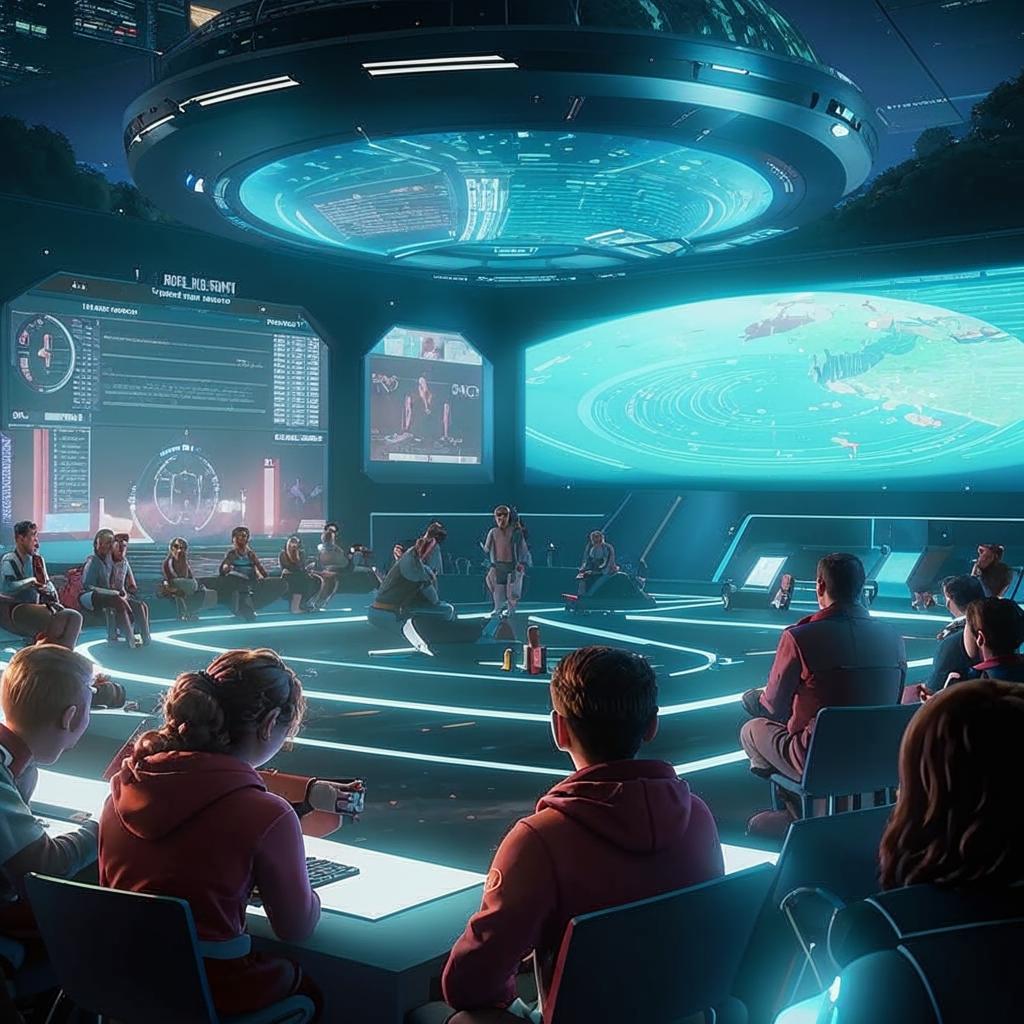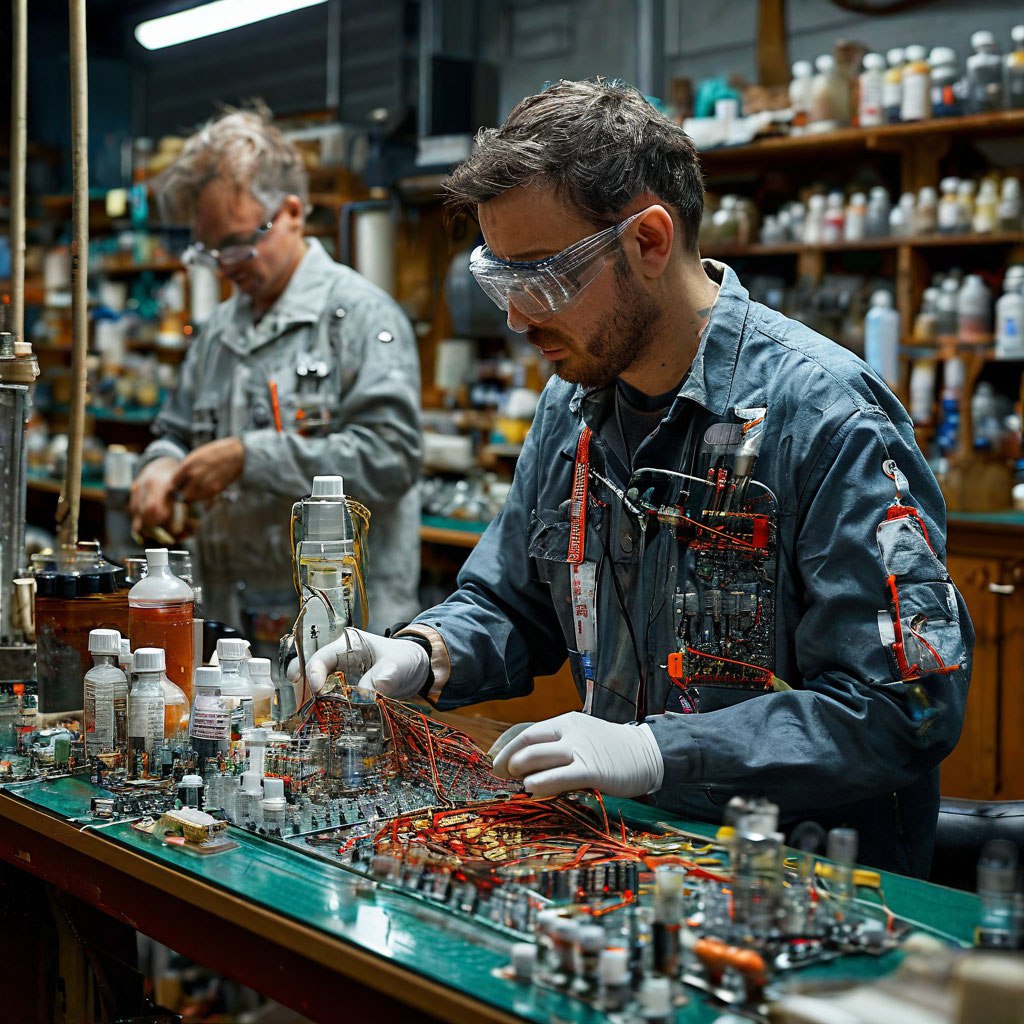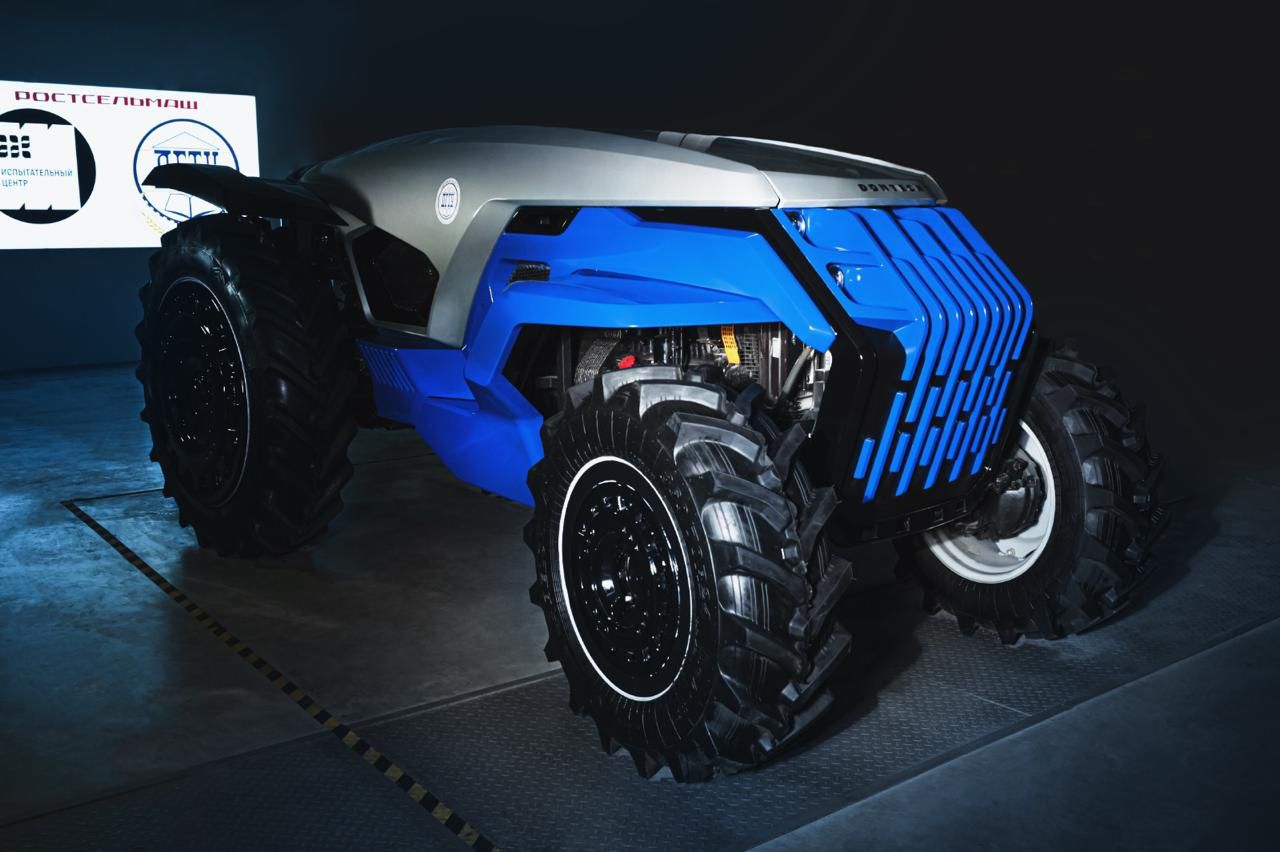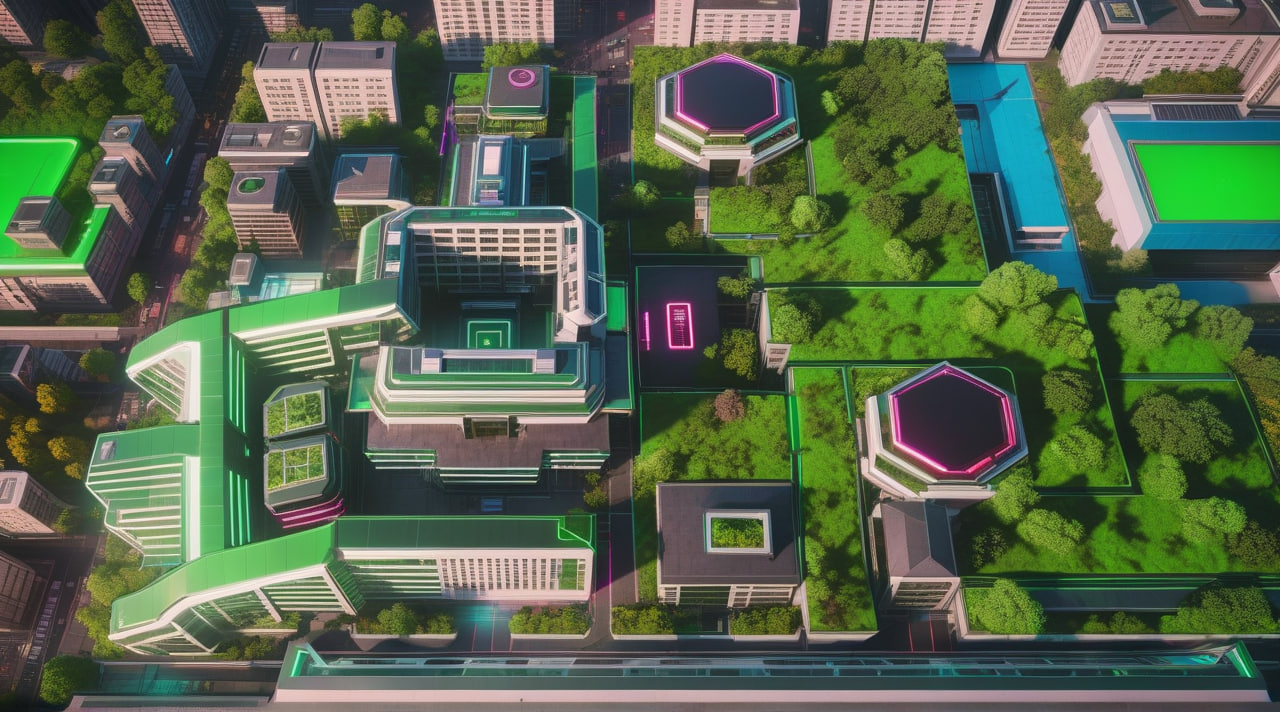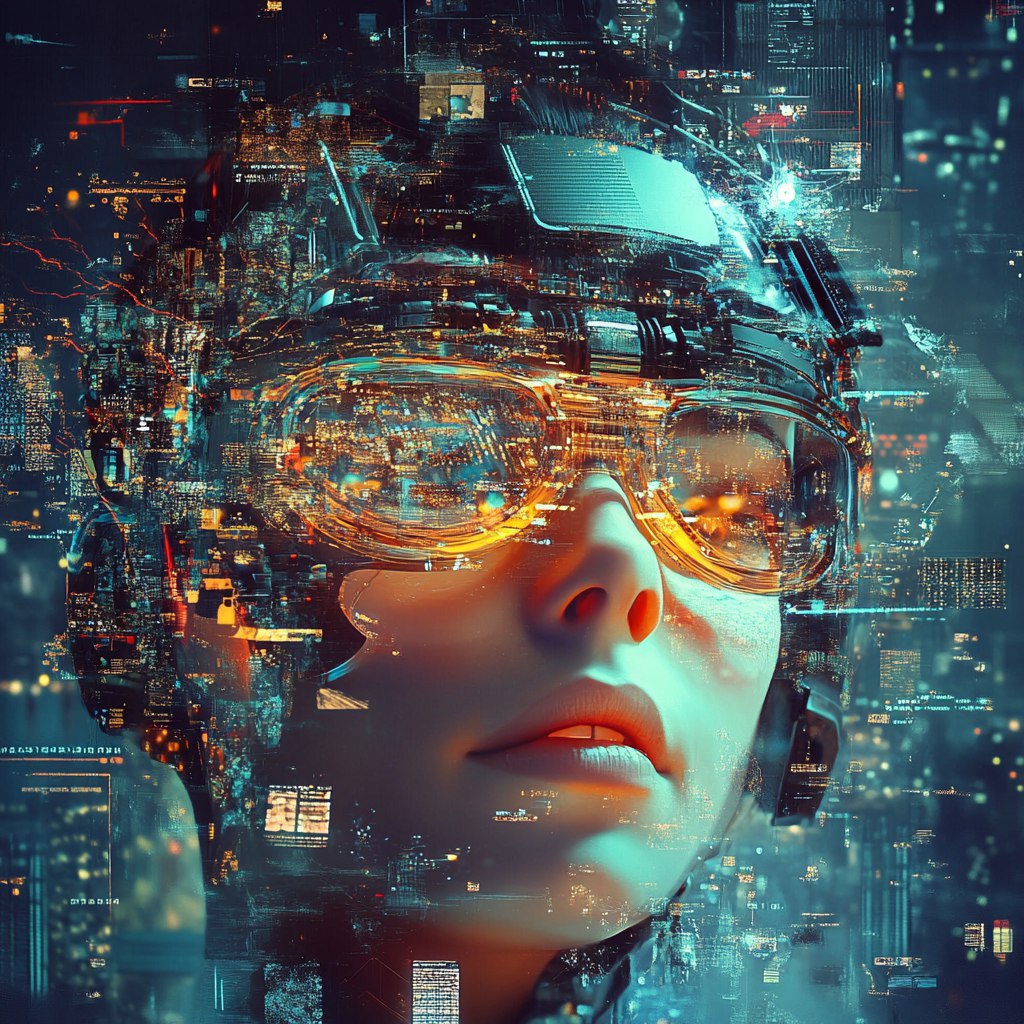EduVerse: The Virtual Academy of the Future
An innovative educational platform combining virtual reality (VR), augmented reality (AR) and artificial intelligence (AI) technologies to create interactive learning spaces. As part of the project, students will be able to study in a fully immersive environment, interact with 3D models, historical reconstructions, scientific simulations, and even visit virtual campuses around the world.
Main features:
Hybrid learning is a combination of VR and AR solutions for deep engagement.
Individualized programs - adaptive learning based on AI.
Gamification of the educational process - the use of game mechanics to increase motivation.
Multiplayer mode - the possibility of joint training and project activities.
Integration with leading universities and access to lectures by world experts.
The goal of the project is to create an innovative educational ecosystem using virtual and augmented reality (VR/AR), artificial intelligence (AI), and gamification technologies to increase efficiency, accessibility, and engagement in the learning process.
The main aspects:
- Improving the quality of education through immersive learning and a personalized approach.
- Creating a hybrid educational environment combining traditional and digital methods.
- Accessibility of knowledge for students regardless of their geographical location.
- Developing the skills of the future, including digital literacy, teamwork, and critical thinking.
- Stimulating interest in learning through gamification elements and interactive scenarios.
Project objectives;
1. Creating a futuristic educational environment
- Development of full-immersion virtual classrooms and laboratories.
- Integration of 3D models, interactive simulations and augmented reality.
- Development of digital avatars of teachers and students.
2. The introduction of advanced technologies in the educational process
- VR/AR integration for studying complex disciplines (physics, medicine, engineering, etc.).
- Using AI to personalize learning and analyze student progress.
- The introduction of gamification to increase motivation for learning.
3. Development of an interactive educational platform
- Development of a user interface for convenient interaction between students and teachers.
- Create a multiplayer mode for collaboration on projects.
- Enabling voice and text chats, as well as gesture interaction systems in VR.
4. Improving access to education
- Development of distance learning through VR for students from different parts of the world.
- Inclusive design that takes into account the needs of people with disabilities. Flexibility in choosing courses and programs tailored to each student.
5. Testing and implementation of the project
- Conducting pilot tests at the university with the involvement of students and teachers.
- Assessment of the effectiveness of learning in a virtual environment.
- Adjustment and scaling of the project to other educational institutions.



